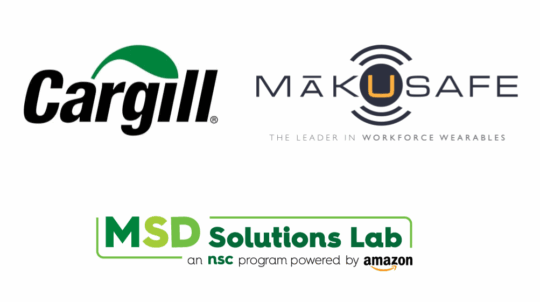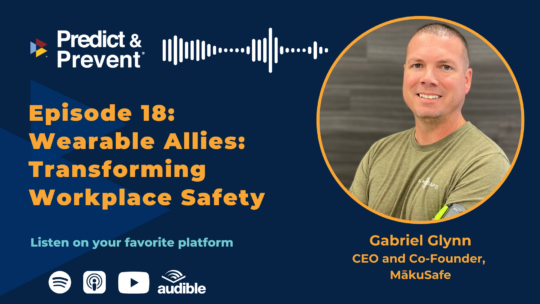The Impact of Safety Culture on Injury Rates
March 27, 2019
Doing the simple things, which have the most value, consistently!
Someone recently asked for my perspective on the following questions; How can I improve my team’s total recordable injury frequency rate on the job site? Why is this important? What are the benefits?
Two things I believe would be most important – gaining awareness of leading indicators to accidents and improving overall safety mindfulness. The “how-to” here, is simpler than most might think, and invaluable… both are the result of talking daily with, and actually listening to, your people on the front lines. There should be an ongoing conversation happening between supervisors and team members. However, the reality is that conversation is neglected or poorly executed. In fact, it could be argued that leaders’ failing at this, is the single biggest reason for lack of engagement, poor productivity, and losing talent.
Gallup’s annual State Of The American Workforce report studies engaged vs. actively disengaged workers, and found 70% fewer safety incidents in the group that cares about their work and puts forth extra effort. Demonstrating care and respect, and communicating values over time in one-minute talks is how engagement is created, conveys that we care about you and your safety, motivates people to care, and creates a positive culture and a safety mindset. If you’re unfamiliar, look up the results achieved by Paul O’Neil at Alcoa by doing one simple thing when many thought he was crazy.
As for knowing about more leading indicators… these are the near-misses or almost accidents. The things that didn’t really happen, which everyone agrees are important to gather, yet almost none get reported. Full disclosure, we at MākuSafe® have created innovative wearable tech armbands that use IoT sensors to capture data on environmental conditions and potential hazards automatically, and machine learning to generate alerts to trends for leaders. But, even without a system, anyone can begin genuinely asking their people today; “What are you noticing that we should change? What’s happening that I can fix to make your job safer?” Really listen to what people tell you, and act on it immediately.
That builds trust and respect, leads to more and more being shared. For leader’s and their organization’s, this creates a real awareness of what needs attention, and where potential hazards and risk exist. After all, it’s the team on the front lines who do the work and know about what really is happening and where the next incident likely will occur.
Sure, the unforeseeable random occurrence, no one may know about or anticipate. But, everyone could benefit from these management basics. It costs nothing really and has an incredibly valuable impact… not the least of which is making sure everyone goes home safely at the end of each day.
Tom West is an HRCI Senior Professional of Human Resources and SHRM-Senior Certified Professional, with a background in EHS, Risk Mitigation, Leadership Development & Human Capital. Tom is currently The Strategic Relationships Manager for MākuSafe, and over the years has held Senior Executive leadership roles with many companies providing learning & development tools, technology, and services. In 2003, Tom founded Agility Learning Group to deliver consulting & training services and has also served as an Adjunct Professor at Des Moines Area Community College teaching Management, Marketing, and Small Business Entrepreneurship for nearly 30 years.





